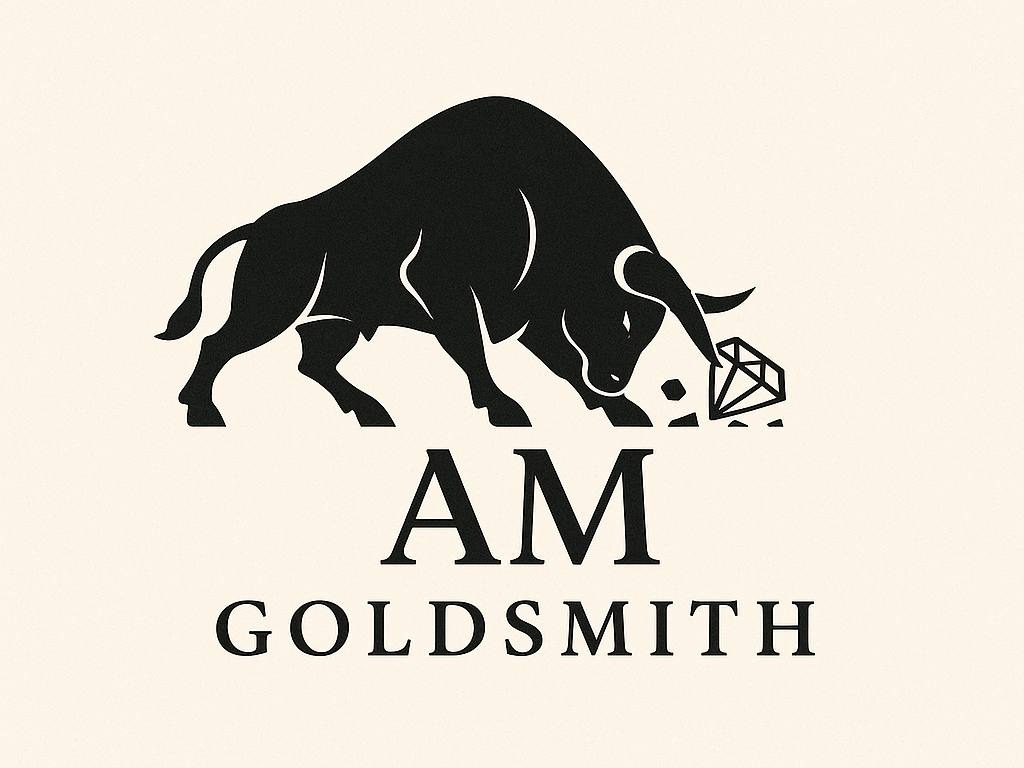For Calgary residents who are seriously thinking about building their financial future, one of the most important decisions is choosing between a Tax-Free Savings Account and a Registered Retirement Savings Plan, or, in many cases, finding the right balance between the two. There is no one-size-fits-all answer to this question, as the optimal choice depends on the unique intersection of your current income, future earnings expectations, life goals, age, and even the psychological characteristics of your attitude toward money and savings. For someone working in Calgary's energy sector with a high income of $120,000 per year, the answer may be radically different from someone just starting their career with a salary of $45,000, and both answers will be correct for their specific circumstances.
The complexity of this question is compounded by the fact that both accounts offer significant tax advantages, but they work in fundamentally different ways. An RRSP gives you immediate tax relief today when you make a contribution, but forces you to pay taxes later when you withdraw the money in retirement. A TFSA works exactly the opposite—you don't get any tax deductions when you put money in, but all future withdrawals are completely tax-free. Which of these models is better? The answer lies in understanding not only the mechanics of these accounts, but also in honestly assessing your current financial situation and realistic expectations for your future.
The fundamental difference: taxes now versus taxes later
The most critical concept for understanding the choice between a TFSA and an RRSP is the timing of taxation. Both accounts allow your investments to grow tax-free while the money is inside the account — this is called “tax-sheltered growth.” If you invest $10,000 and your investment grows to $30,000 over twenty years, you pay no tax on that $20,000 capital gain as long as the money stays in the account, whether it's a TFSA or an RRSP. The magic difference is what happens when you take the money out.
With an RRSP, you make contributions with “pre-tax” money. When you contribute $10,000 to your RRSP, that contribution is deducted from your taxable income for that year. If your marginal tax rate is 30%, that contribution reduces your tax bill by $3,000. However, when you retire and start withdrawing money from your RRSP, every dollar you withdraw is added to your taxable income for that year and taxed at your then-current marginal tax rate. If you withdraw $50,000 and your marginal rate is 25%, you will pay $12,500 in taxes on that withdrawal.
With a TFSA, it's the opposite. You make contributions with after-tax money. When you contribute $10,000 to your TFSA, you don't get any tax deductions—that money has already been taxed. However, when you withdraw money from your TFSA—whether in five years or forty years—every dollar is tax-free. If your $10,000 has grown to $100,000, you can withdraw all $100,000 without paying a cent in taxes.
If your tax rate is the same when you contribute and when you withdraw, a TFSA and an RRSP will give you exactly the same end result. The key question is not “which account is better?” but “will my tax rate be higher, lower, or the same in the future?”
Tax brackets in Alberta: critical context

Canada uses a progressive tax system. As of 2025, Alberta residents pay a combination of federal and provincial taxes. Federal brackets: 15% on the first $57,375 of income; 20.5% on income from $57,375 to $114,750; 26% on income from $114,750 to $177,882; 29% on income from $177,882 to $253,414; 33% on income over $253,414. Provincial brackets: 10% on the first $151,234 of income; 12% on $151,234–$181,481; 13% on $181,481–$241,974; 14% on $241,974–$362,961; 15% on over $362,961. The combined marginal rates are approximately 25% (up to $50,000), 30.5% (up to $65,000), 36% (up to $120,000), 38% (up to $155,000), 42% (up to $180,000), and up to 48% for the highest incomes.
For a Calgary resident with an income of $90,000, a $10,000 contribution to an RRSP will save about $3,050 in taxes (30.5%). If you earn $140,000, the same contribution will save you about $3,600 (36%). This explains why RRSPs are more attractive to people with higher incomes.
The $50,000 rule: the threshold for choosing
A practical rule of thumb for Calgary: – If your income is less than $50,000, a TFSA is usually better. – If your income is above $100,000–$120,000, an RRSP is usually better. – If you're somewhere in between, the choice depends on other factors.
If you earn up to $50,000, you are in a combined bracket of about 25%. Contributing to an RRSP will only save you 25% in taxes, and you will most likely pay the same rate in retirement, so the benefit is minimal. Withdrawals from an RRSP may also reduce your GIS or GST/HST credit, while a TFSA does not have these issues. If you earn more than $120,000, your rate may be 36%, but in retirement it may be around 28%, giving you a net benefit from an RRSP of several thousand dollars.
Contribution limits in 2025
TFSA: $7,000 limit for all residents aged 18+ (cumulative up to $102,000 if you haven't contributed since 2009). RRSP: 18% of your previous year's income, up to a maximum of $32,490. Any unused room carries forward, but employer pension plans reduce your room through pension adjustment.

TFSA flexibility vs. RRSP lock-in
A TFSA allows you to withdraw any amount at any time without taxes or penalties, and the withdrawn funds are added back to your contribution limit the following year. This makes a TFSA ideal for emergency funds.
RRSPs allow you to withdraw money, but each withdrawal is taxed, and the contribution room is lost forever (except for the Home Buyers' Plan and Lifelong Learning Plan). The broker withholds 10–30% at source for withdrawals.
Age and life considerations
Young people (20–30): TFSA is often better due to lower income, lower taxes, and the need for flexibility. Middle age (35–50): a combination of both or prioritizing RRSP for higher incomes.
Retirement age (55–65): TFSA offers unlimited flexibility and does not require mandatory withdrawals like RRSP/RRIF.
Unique considerations for Calgary energy workers
Many energy companies offer RRSP matching. Always contribute enough to get the full employer match. After that, you can decide between additional contributions to your RRSP or TFSA. The volatility of the industry makes a TFSA a critical buffer during downturns.

The “both” strategy
The optimal strategy for many is to use both accounts. – Income $50–80,000: TFSA first, then RRSP up to matching, then RRSP. – Income $80–120,000: matching RRSP → TFSA → additional RRSP. – Income $120,000+: RRSP → TFSA.
The combination of RRSP for long-term retirement savings and TFSA for medium-term goals or emergency funds provides maximum tax efficiency and flexibility.
When each option wins: examples
A young employee with an income of $45,000 invests $4,000. The RRSP saves $1,000 in taxes, the TFSA costs $4,000. After 25 years, the TFSA provides a net withdrawal of $30,000 tax-free, while the RRSP leaves about $22,000 after taxes. The TFSA wins.
An energy worker with an income of $135,000 invests $15,000. The RRSP provides $5,400 in tax savings, while the TFSA costs $15,000. After 25 years, withdrawing $90,000 from an RRSP after taxes yields about $63,000, while a TFSA yields the full $90,000. But considering the initial “reduced” contribution of $9,600 after tax savings, the RRSP comes out $8,000–12,000 ahead.
These scenarios illustrate why low-income workers in Calgary typically choose a TFSA, while high-income workers choose an RRSP.

Myths and misunderstandings
-
“RRSPs are always better” — false; without considering future rates, the effect is zero.
-
“TFSAs are only for short-term savings” — incorrect; TFSAs are also suitable for retirement investments.
-
“You have to choose one” — you can and should use both.
-
“Same rate — no difference” — other factors are important: OAS/GIS, flexibility, psychology.
Conclusion
There is no universal answer to the question “TFSA or RRSP — which is better in Calgary?” The optimal choice depends on your income, age, life goals, need for flexibility, and tax projections. The most important rule: the best savings strategy is the one you will follow consistently. Whether it's a TFSA, RRSP, or both, consistency is key. Start with the account that best suits your current situation, maximize your employer's contributions, if any, and adjust your strategy as your income and circumstances change. With this approach, TFSAs and RRSPs will become reliable tools for achieving your financial goals in this dynamic city.